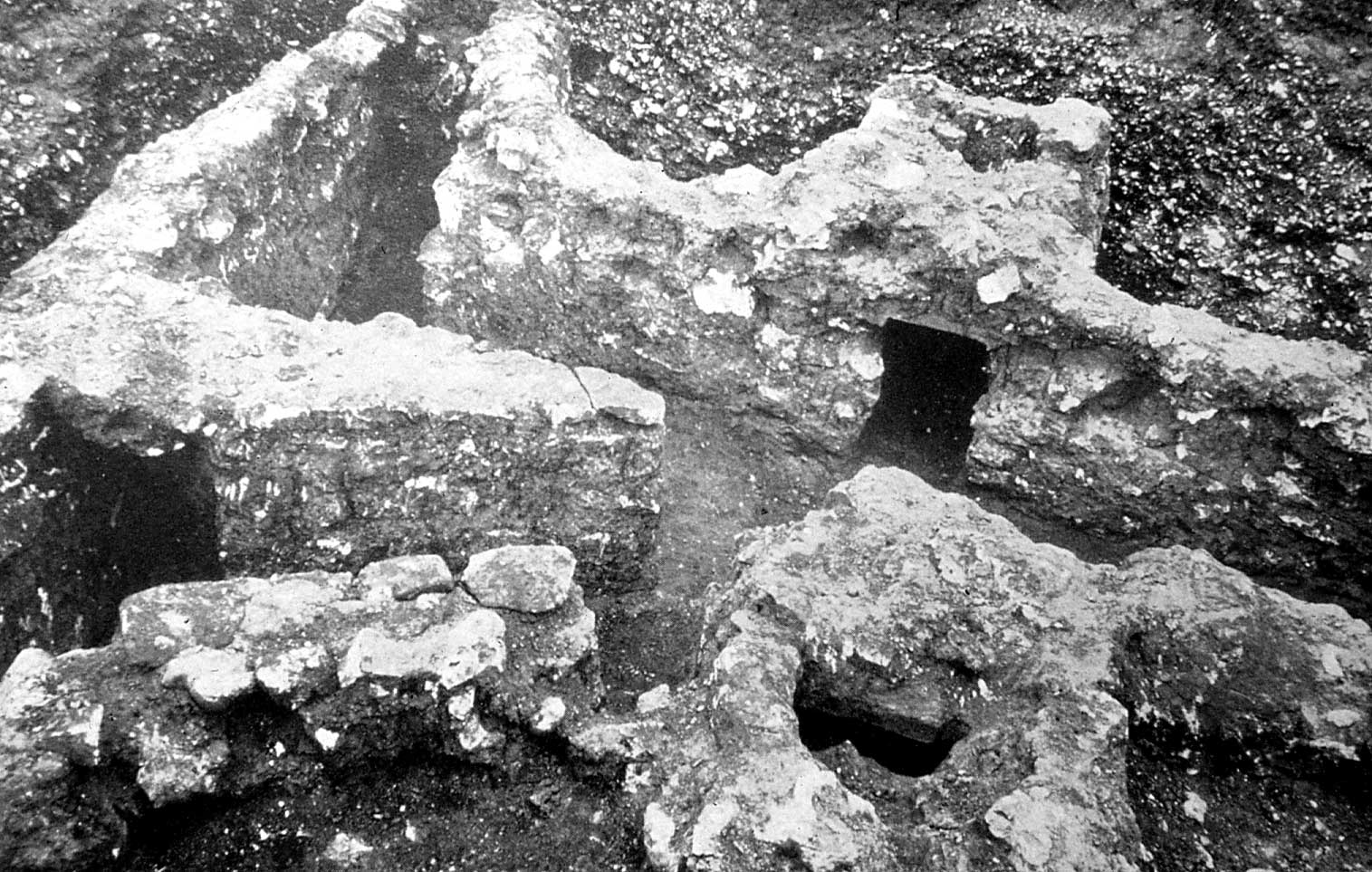A History of Frieth |
The Early History |
|
Preface |
Officially, that is according to evidence recorded on the Ordnance Survey maps of Pre-Roman Britain, Roman Britain and Britain in the Dark Ages (i.e. prior to 1066), there is no mark in the Frieth area.
This really means that there is no positive evidence to show that people lived in Frieth in those days, but, who knows, one of us may turn up something interesting in a garden or field one day to supplement the official maps.
Much interesting information about the early history of the South Chiltern area as a whole can be found in the reference books listed and can be read in the local public libraries but, unfortunately nothing has been written down about Frieth itself. However, some of the information we would like to have is wrapped up in the history of the Hambleden Valley generally, because from early times Frieth has been part of Hambleden Parish as it is today. In fact recorded history surrounds our area. By the Thames at Danesfield, Medmenham and Mill End has been found evidence of Neolithic and Bronze Age settlements and in the Wycombe Valley, whilst on West Wycombe Hill and at Desborough Castle were hill camps. Following the Icknield Way came a succession of peoples migrating from East Anglia inland. Did any of these early settlers penetrate the area between them of roughly 8 miles by 8 miles? We simply do not know. We do not even know for sure what the country looked like whether it was still completely forested or was it partially cleared for crop growing? We know that in some parts of S. England the early hill peoples made clearings on the hills by burning the scrub and planting crops and then grazing sheep and cattle on the grass that sprang up in the clearings, such peoples would have chosen the land near the top of the scarp slope where the soil was thin and the trees fewer. The Celts who came much later followed the line of the rivers, had better tools and cleared heavier woodland on river banks and side valleys and used woodland areas for feeding swine on acorns and beech mast. Some of the Hambleden Valley would have been cleared at this period (see Records of Bucks, Vol.8, article by A.H. Cocks). One possible connection with Frieth is in the name which could have come from a Celtic word meaning "Enclosure from the forest” but the origin of the name is far from clear and other possible derivations are given later. The Romans first landed in Britain in 55 B.C., returned in 43 A.D. and stayed to influence life in our island over a period of about 400 years. There were Romano-British settlements in both the Wycombe and Hambleden Valleys. A villa near Mill End was excavated at the beginning of this [20th] century. Pottery from the “dig" can be seen at the Aylesbury Museum and a full account is given in "Archaelogia" Vol.7l, 1920-21. The most interesting features were the hypocaust systems for corn-drying which appears to have been done on a very large scale.  Part of the hypocaust system at the Roman Villa at Mill End (from Archaeologia Vol 71) Possibly there were as many as five villas in the Hambleden Valley. In the Wycombe Valley a villa was excavated at Hollywell Mead on the site of the present swimming pool. Some flints from the buildings are incorporated in two panels on either side of the main door and other evidence is lodged in the High Wycombe Museum on Castle Hill. These Romano-British chose sheltered valleys for their homes and grew corn extensively much of which was undoubtedly shipped down the Thames - but their farm tools were no better than the Celts and it is doubtful if they cleared much more forest. However, one Roman historian tells us that "The flesh of the pig fattened on beech mast excels that of any other" so possibly the servants of the villa owners drove their pigs up into the woods. Certainly many pig bones were found on the site at Hambleden. lue to early habitation (see Plaisted's 'Romance of a Chiltern Village’) always bearing in mind that the name may have been changed many times over. Field names make an interesting study and a detailed map of Frieth showing field-names might show surprising results. The Danes penetrated both the Wye and the Hambleden Valleys (see Ashford and Plaisted). In Frieth itself Rev. Stanton in “On Chiltern Slopes” suggests that the name Shogmer could have come from a Danish word 'skiogr' meaning 'wood' - but it could equally be a corruption of Hogsmere (Hog's pond). |
